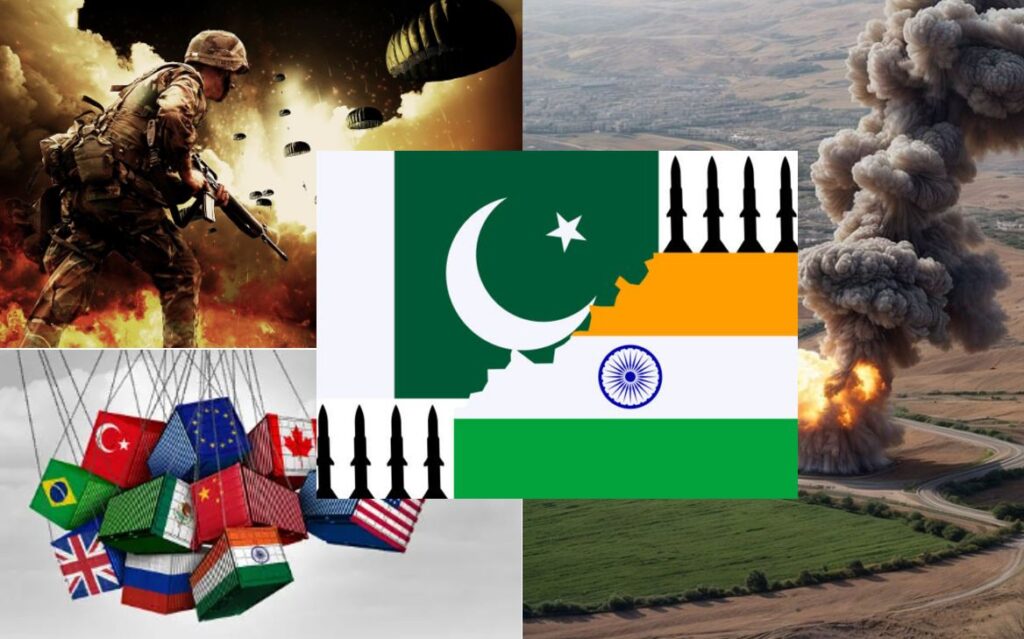The debate over gun control in the global world is one of the most polarizing and enduring issues in modern politics. With each high-profile mass shooting, the call for reform intensifies yet progress remains slow and contentious. Why is this issue so difficult to resolve, and is there a path forward that addresses both safety and constitutional rights?
This is better to explain through countries around the world have adopted varying approaches to firearm regulation, with some implementing strict controls to curb gun violence. As case study of 1996, Port Arthur massacre, Australia enacted sweeping gun control reforms, including a mandatory buyback program that removed over 650,000 firearms from circulation. Since then, the country has not experienced a mass shooting of similar scale. Furthermore, after the 1996 Dunblane school shooting, the UK banned private handgun ownership and introduced strict licensing requirements. Gun-related homicides remain significantly lower than in the United States. Japan is another state encounters in this debate. With one of the lowest gun ownership rates globally, Japan enforces rigorous background checks, mental health evaluations, and firearm training. As a result, gun-related deaths are less than 0.02 per 100,000 people annually. Moreover, Germany requires extensive background checks, psychological evaluations, and firearm registration. Gun ownership is permitted but highly regulated, contributing to lower gun violence rates compared to the U.S.
There are various roots of this debate, including poverty and gang activity, to highlight the effects on the globe. The political dilemma lies in the power and realm of realistic perspectives to control in this way and act to respond with pride. The Pakistan-India conflict has intensified this debate, leaving policymakers in a difficult position. While national security remains paramount, addressing internal gun control requires a delicate balance ensuring safety without infringing on individual freedoms.
Both states, with a traditionally strict gun control regime, also saw new pressures. As some communities near conflict zones grew fearful, they demanded relaxed licensing to defend their homes. Others warned that loosening regulations could lead to communal tensions, mob violence, or even accidental escalations during periods of high stress. Lawmakers were caught in a difficult position: balancing civil liberties, national security, and public safety. Whereas, in India, where illegal weapons have long circulated in tribal and conflict-prone regions, the war intensified fears about internal destabilisation. Some citizens began calling for tighter enforcement of gun laws, concerned about extremist groups gaining strength under the fog of war. At the same time, others pushed for legal reforms to allow vetted civilians to arm themselves, citing a lack of trust in the police and fears of infiltration.
The Pakistan-India conflict has intensified this debate, leaving policymakers in a difficult position. While national security remains paramount, addressing internal gun control requires a delicate balance—ensuring safety without infringing on individual freedoms.
As the conversation unfolds, one pressing question remains: Can there be a middle ground? The resolution to this issue may not be simple, but in a world shadowed by conflict, finding a sustainable path forward is imperative for both security and peace. What will be happen if both countries are at middle grounds of war? This directly breaks strategic, diplomatic and geopolitical interests which maintaining stability in South Asia. Any war between them carries the risk of nuclear confrontation, which could have catastrophic global consequences because both India and Pakistan are nuclear-armed countries. India is a major economic and strategic partner in the Indo-Pacific, key to counterbalancing China’s influence. Whereas, Pakistan though less aligned with the U.S. in recent years, remains important due to its ties with China and its role in regional security. It maintains military, diplomatic, and economic leverage over both countries, giving it the tools to pressure for de-escalation. As a self-appointed global peace broker, the U.S. often steps in to mediate conflicts where other powers (e.g., China or Russia) may have biased positions. Mediating helps maintain its credibility and leadership in international diplomacy. China is closely allied with Pakistan and has ongoing tensions with India. A war in 2025 could risk drawing China into conflict, escalating into a larger proxy or regional war.


